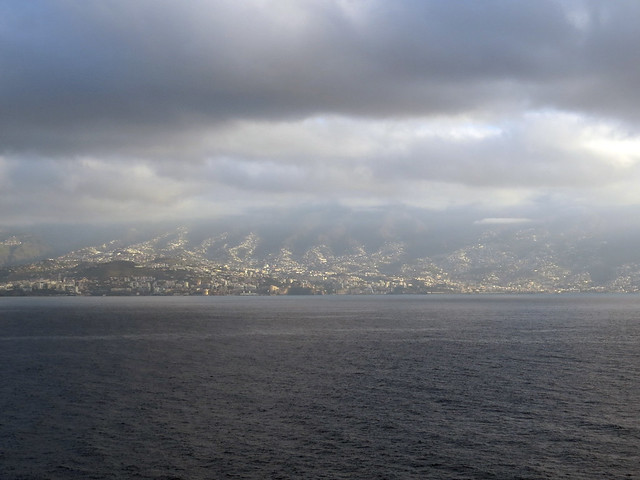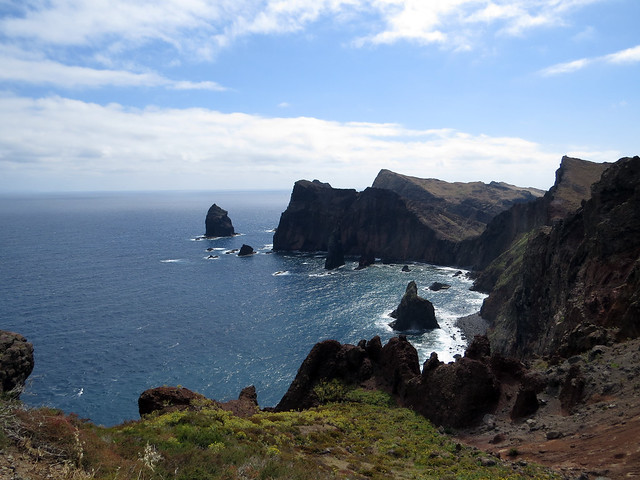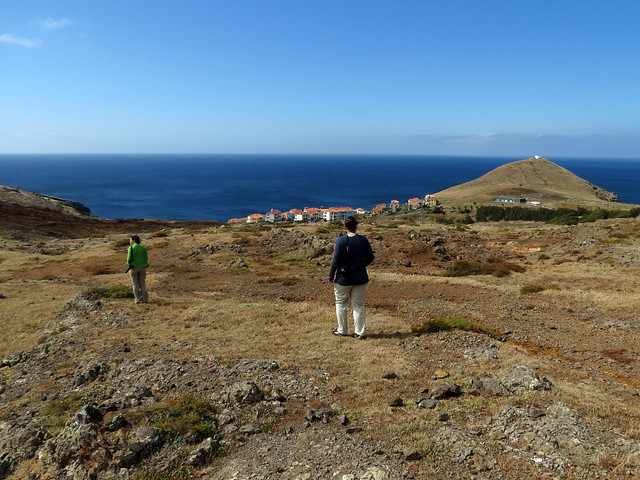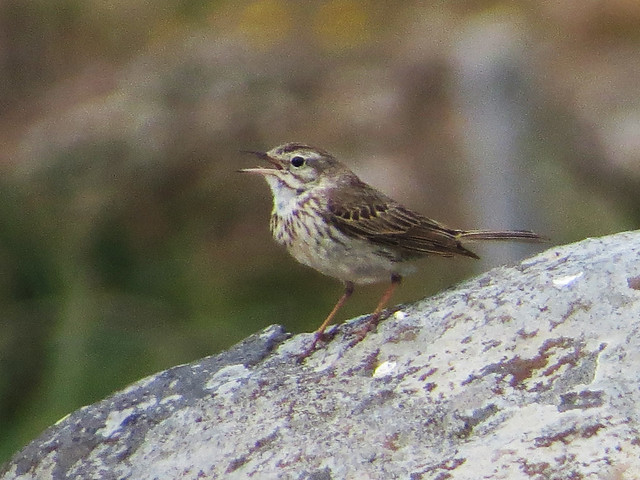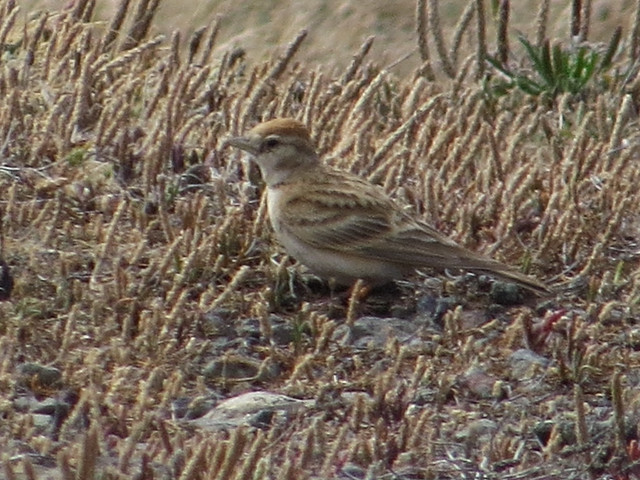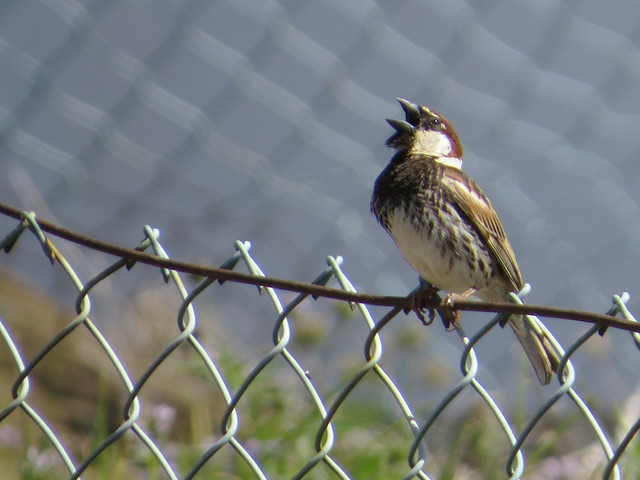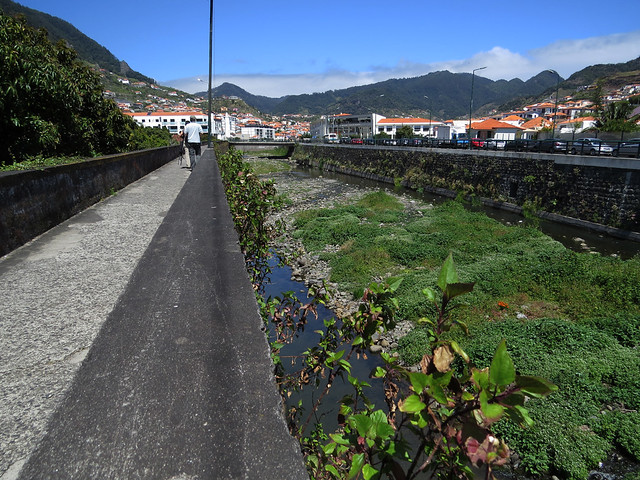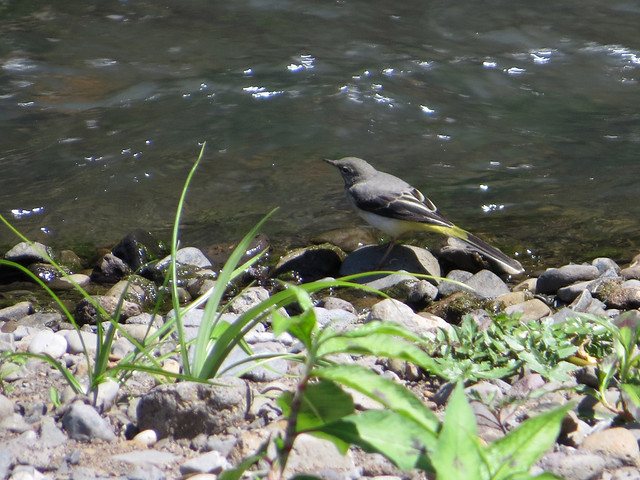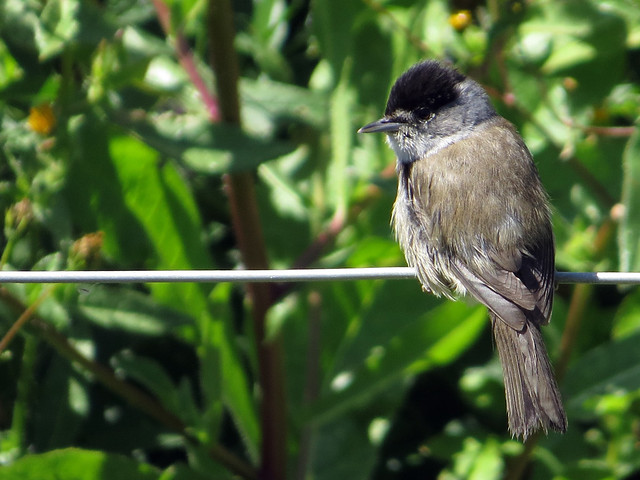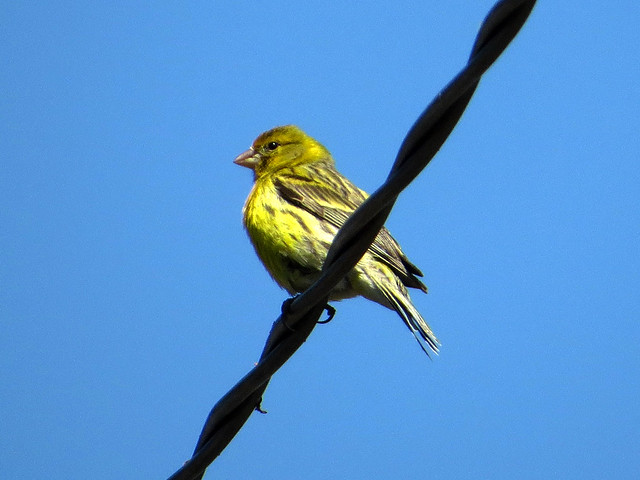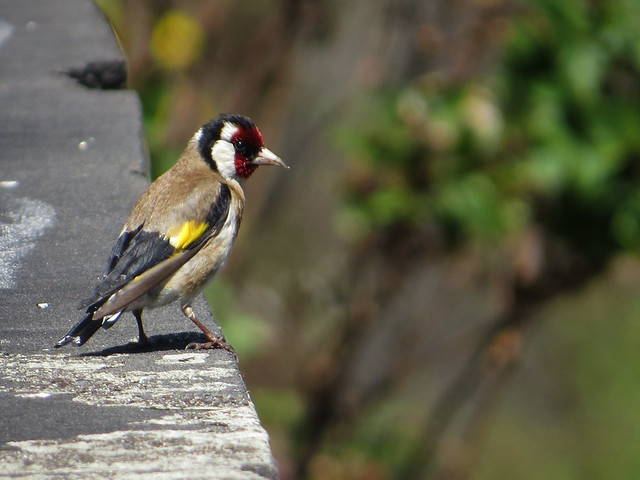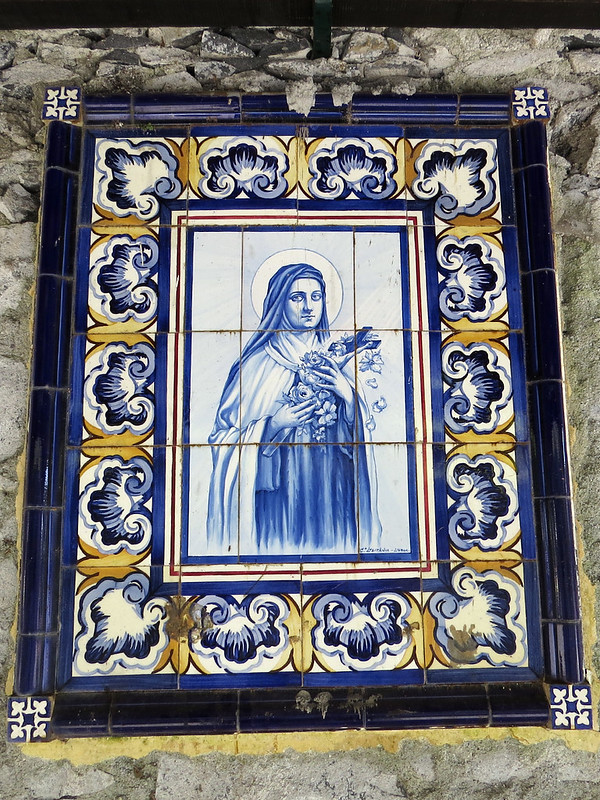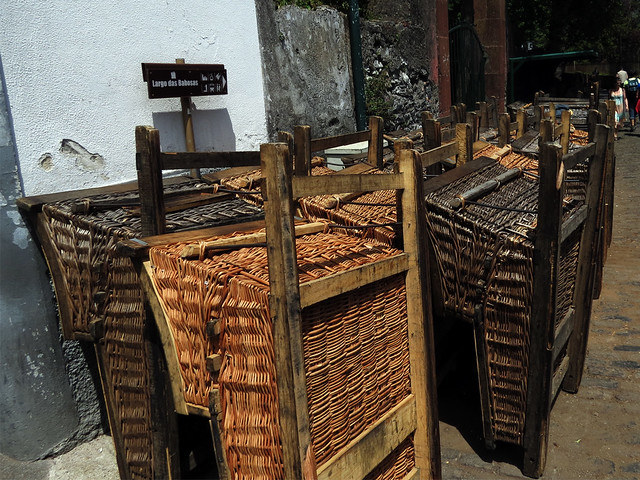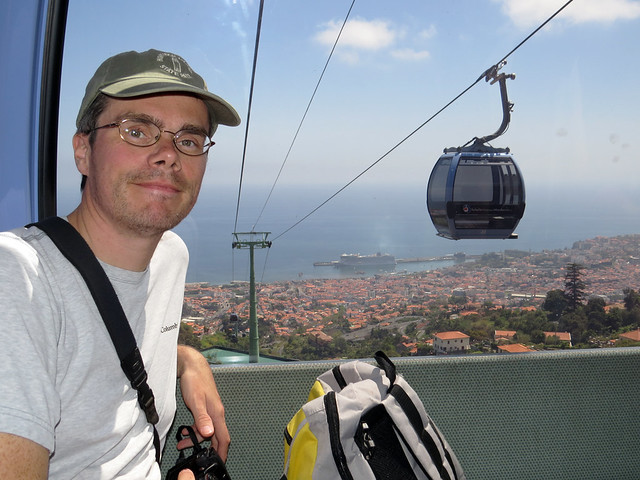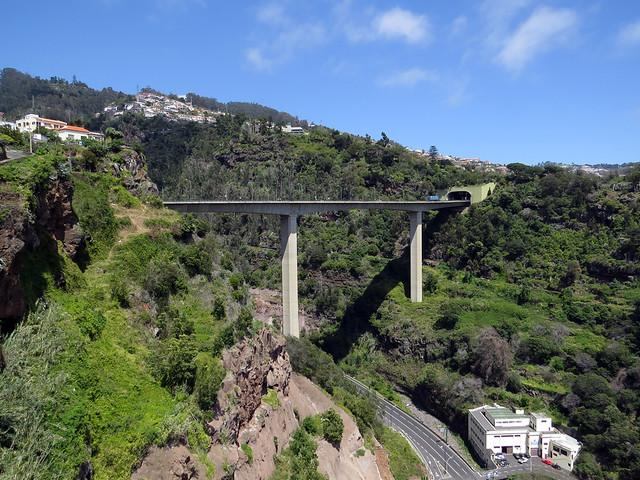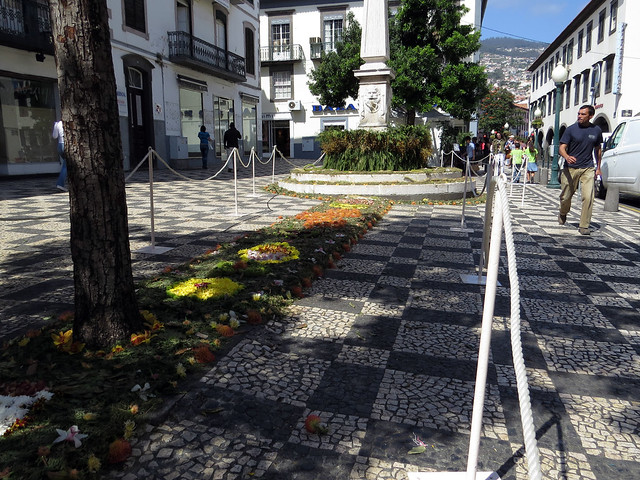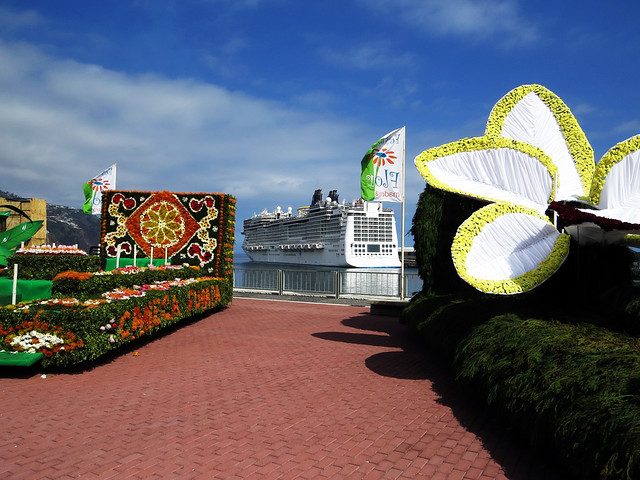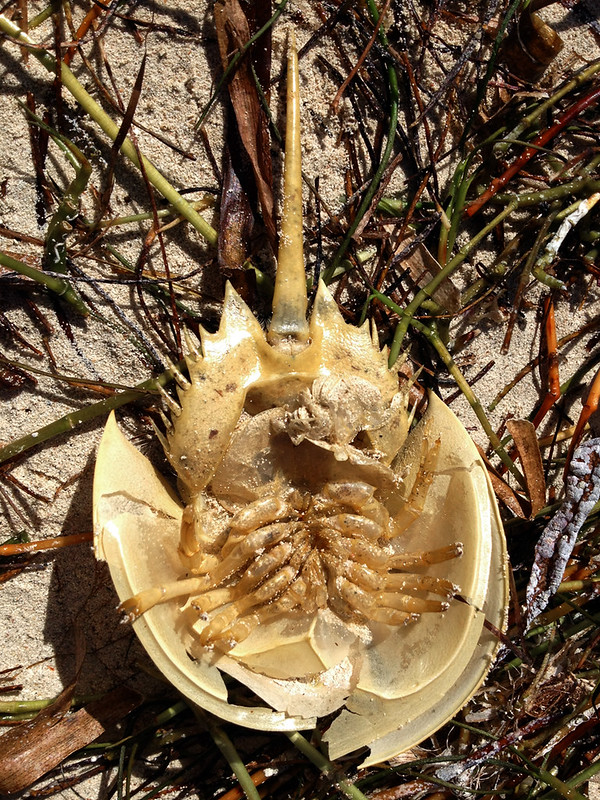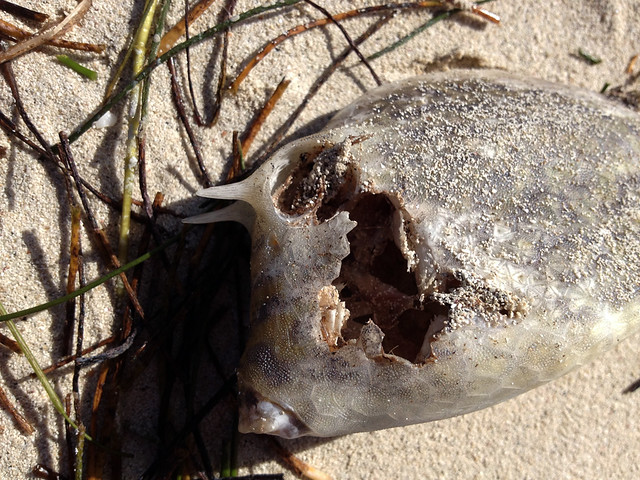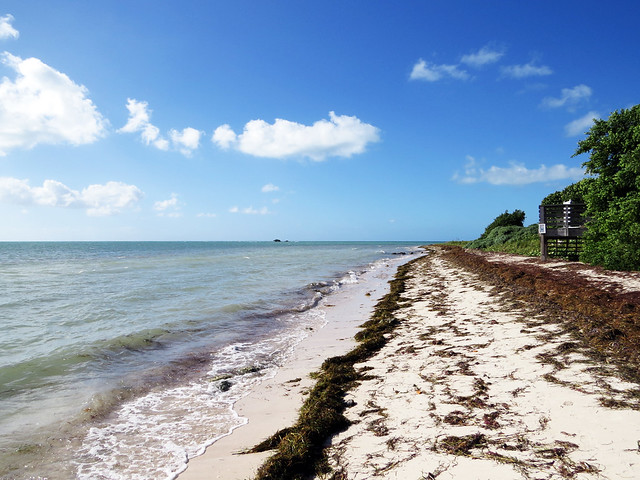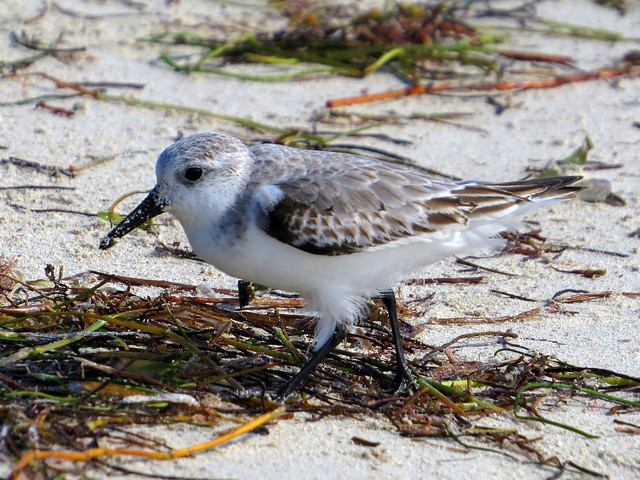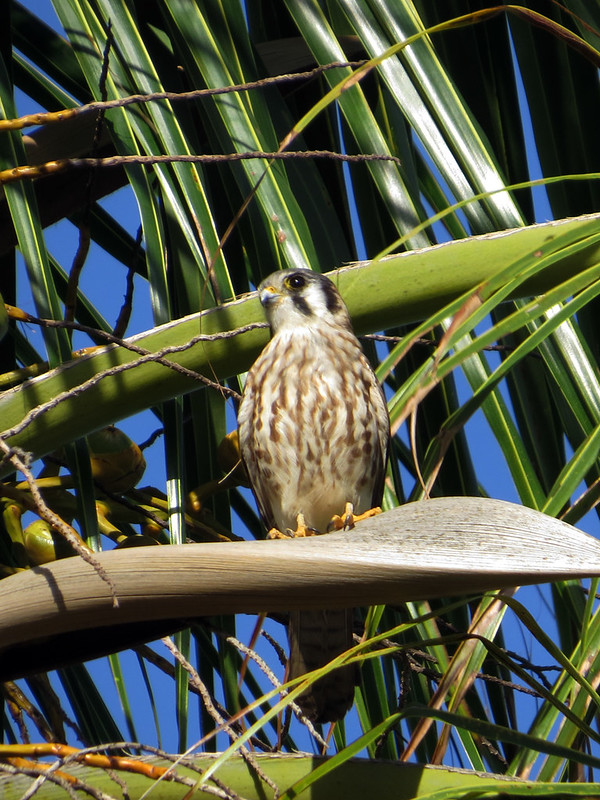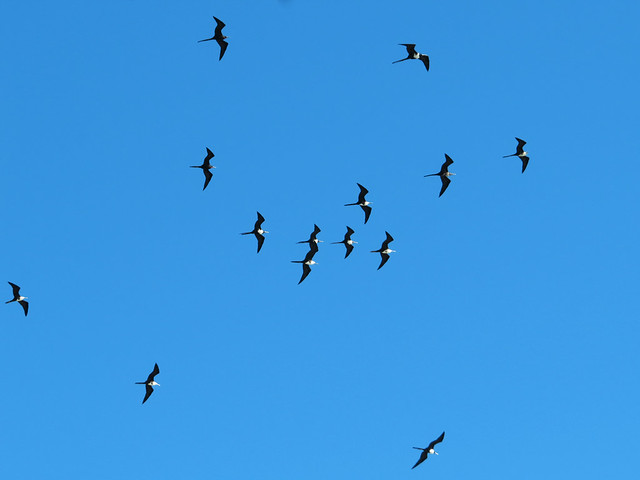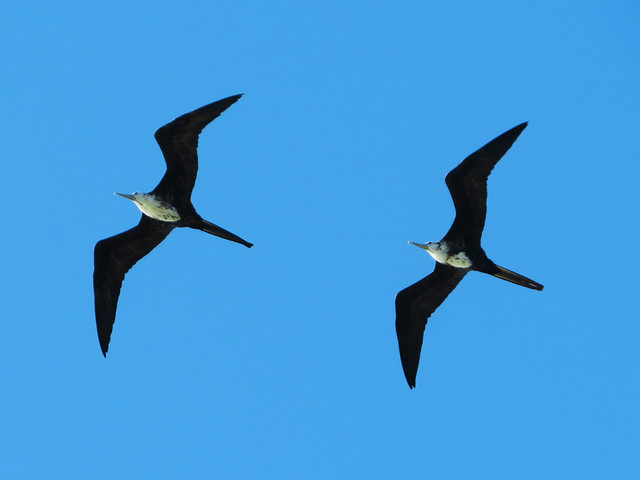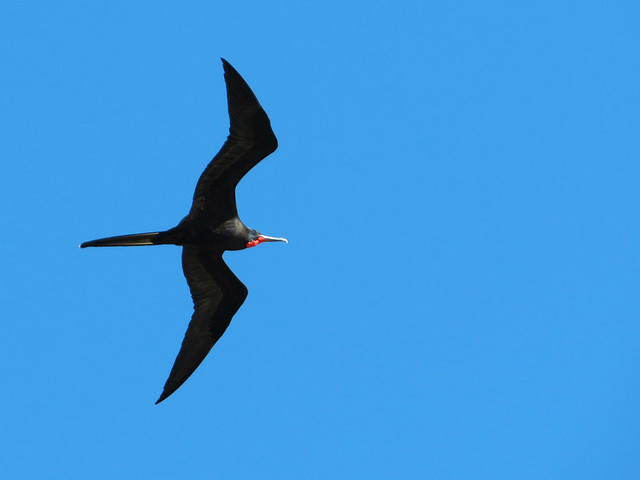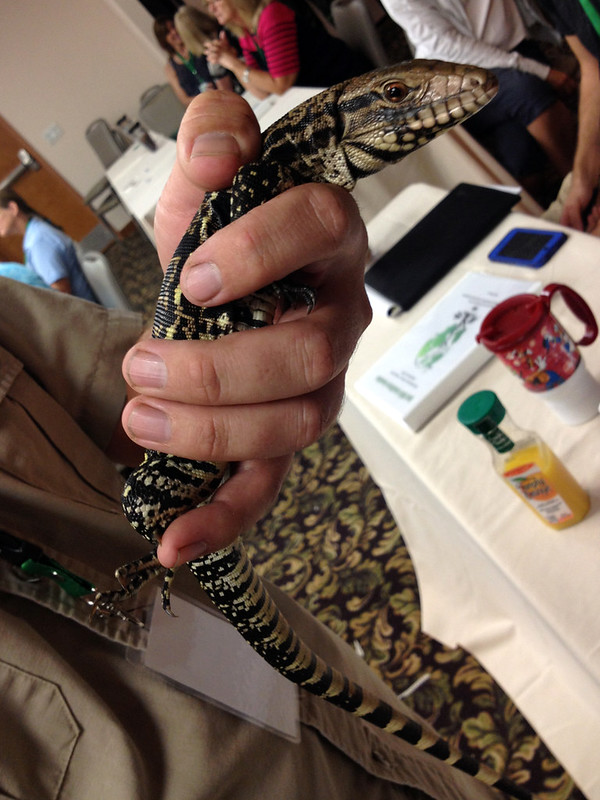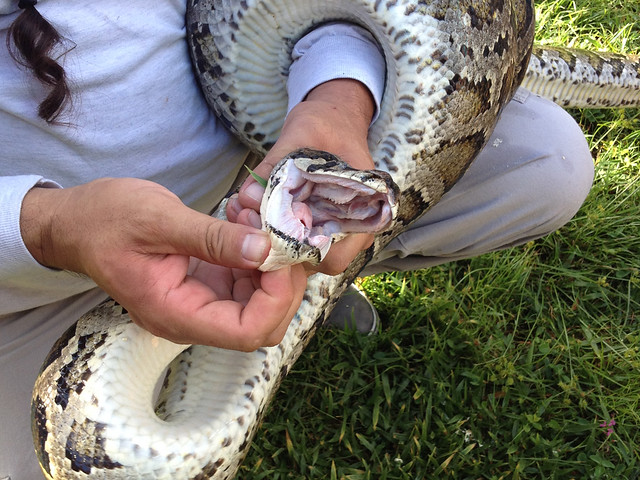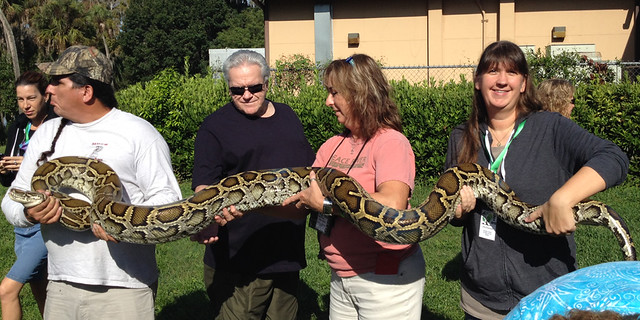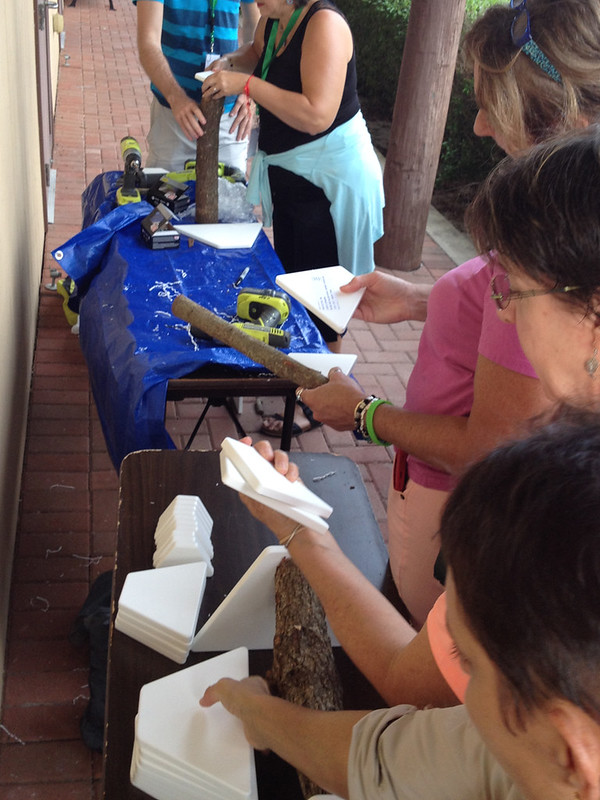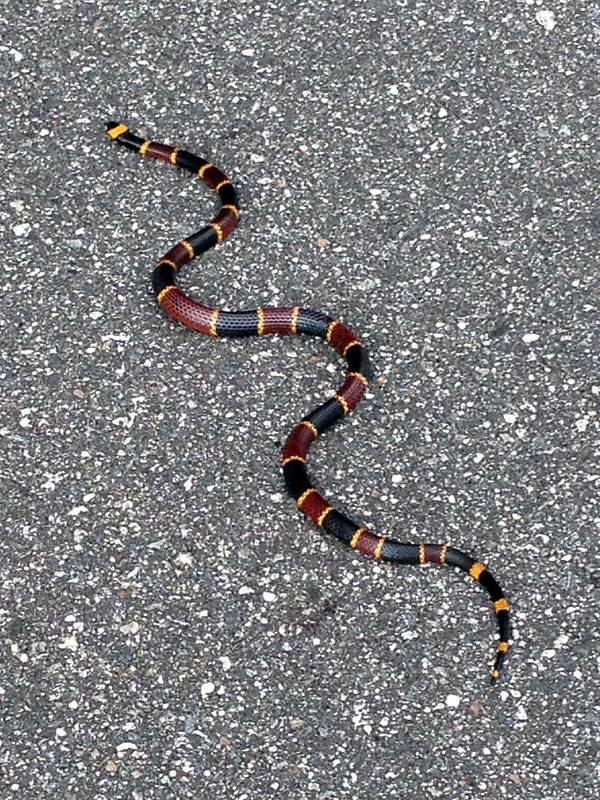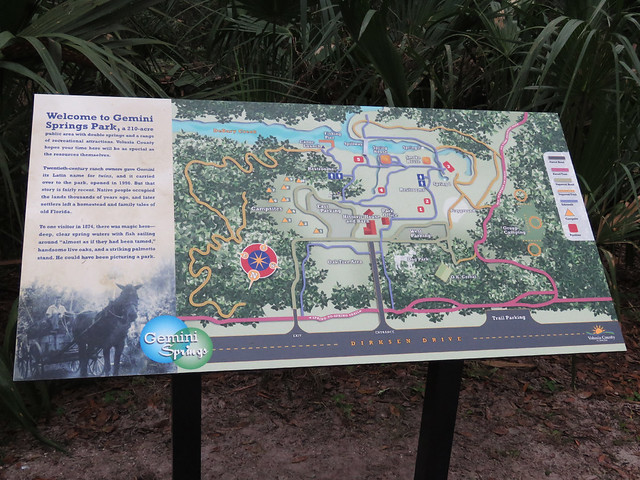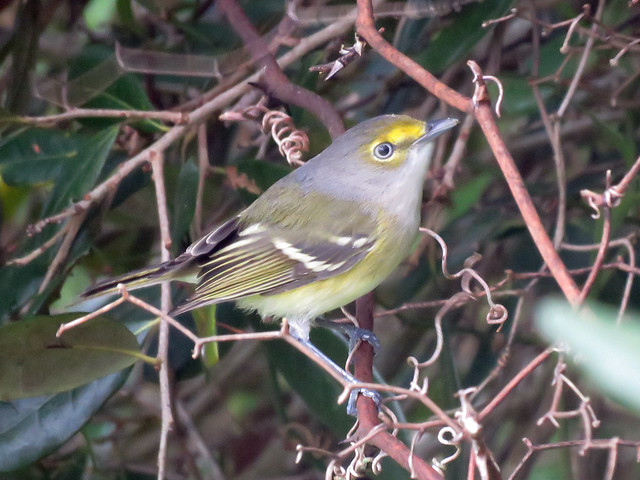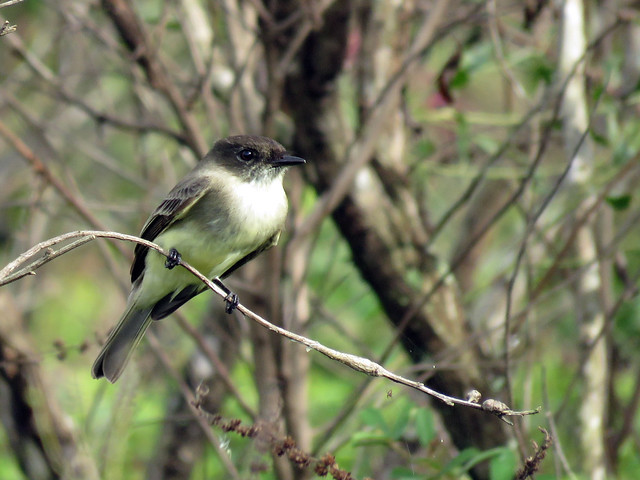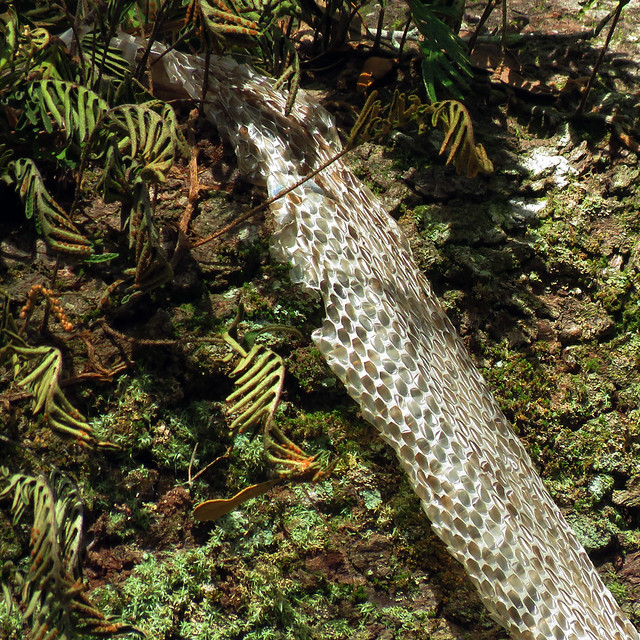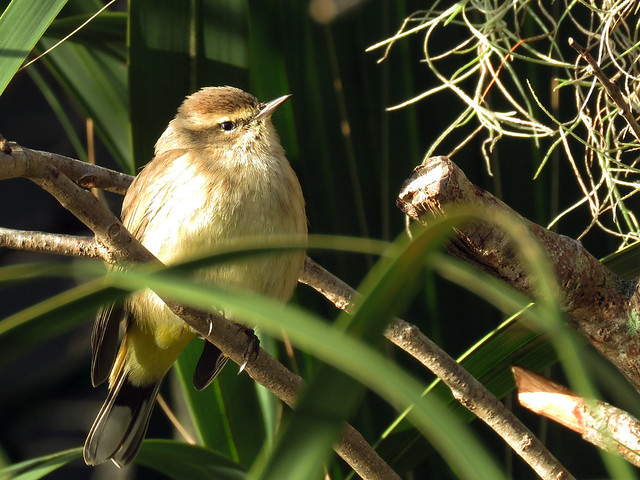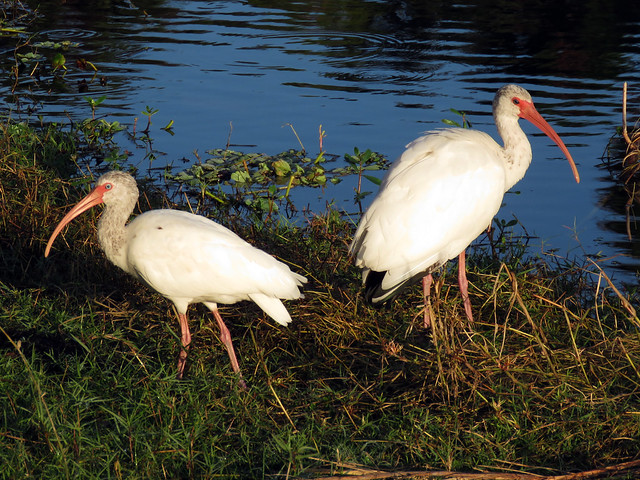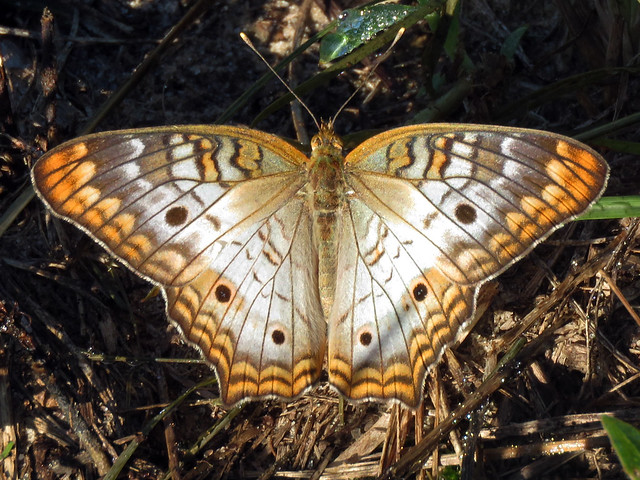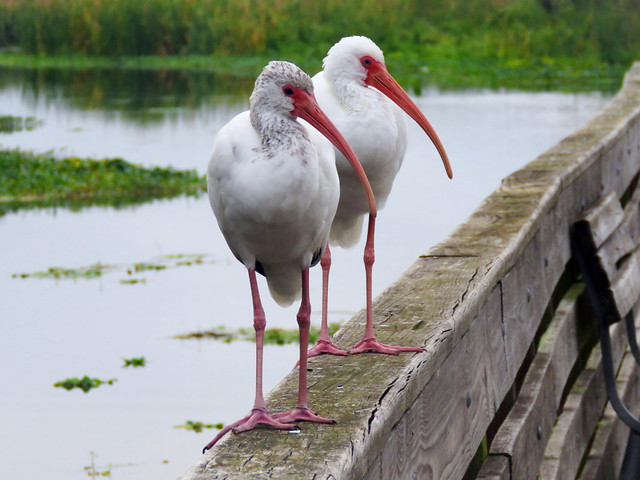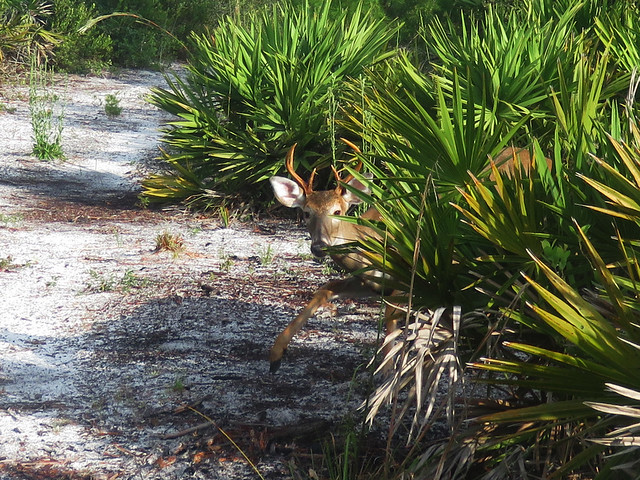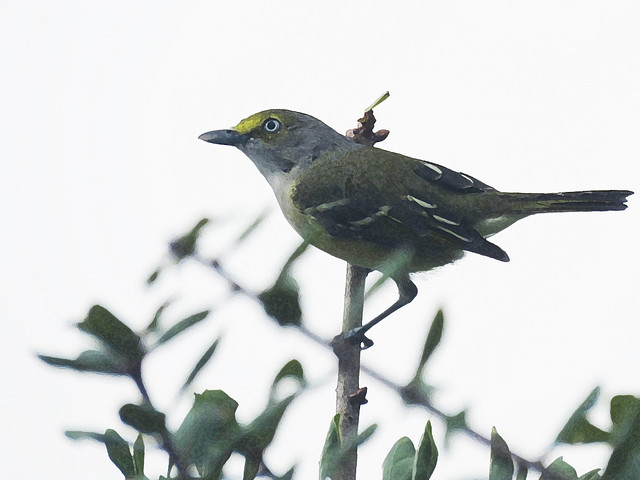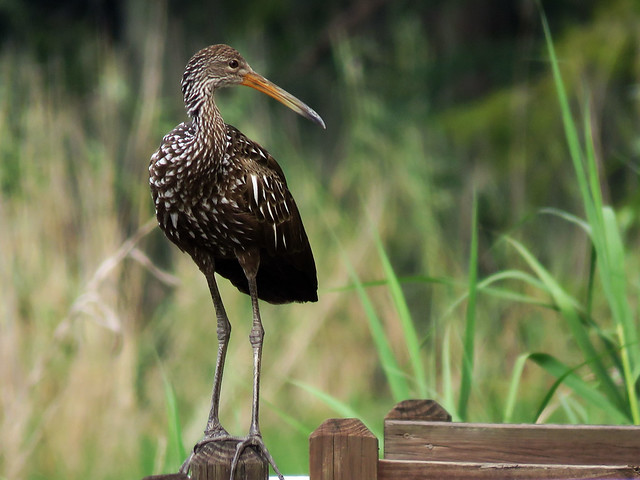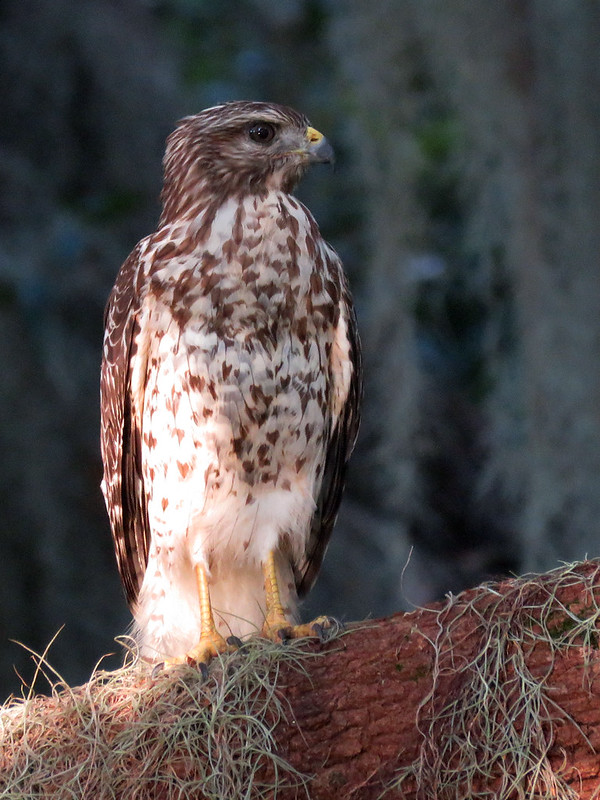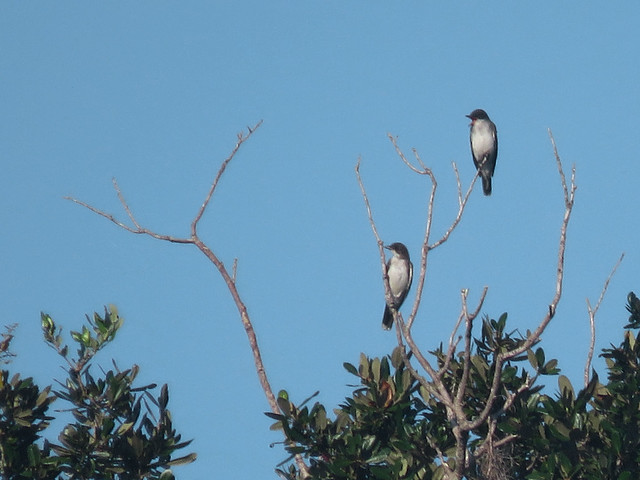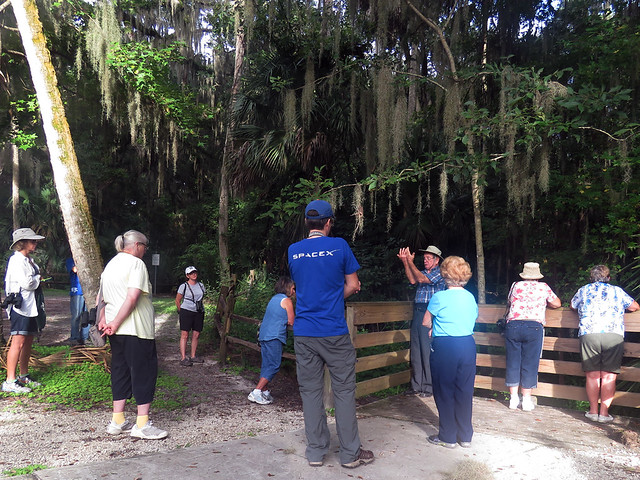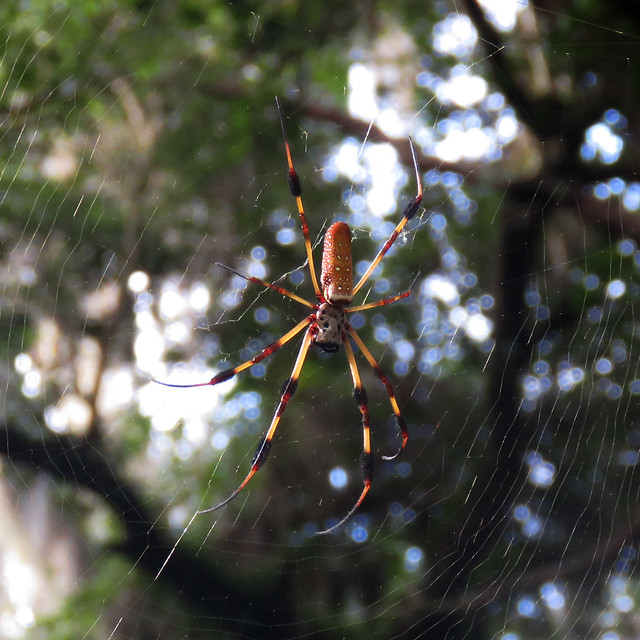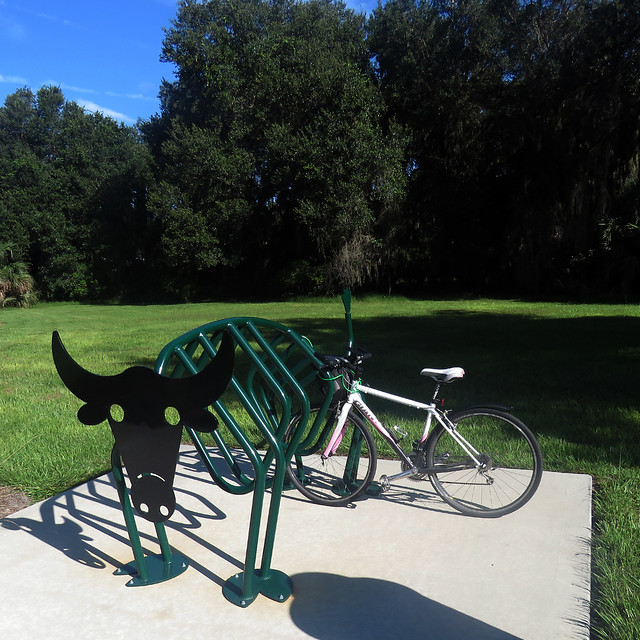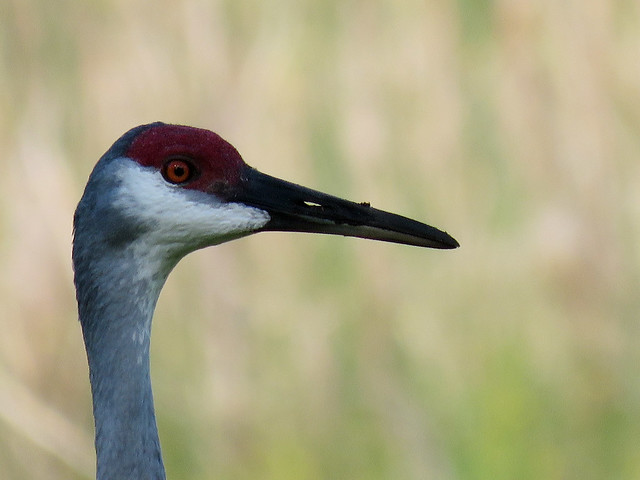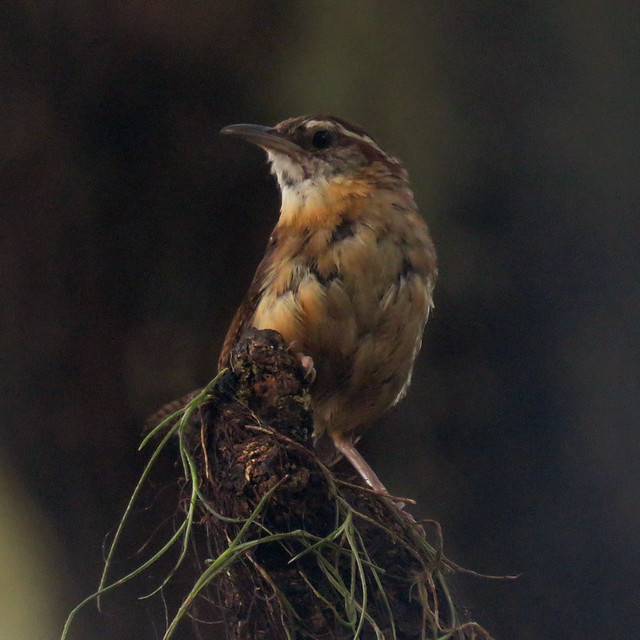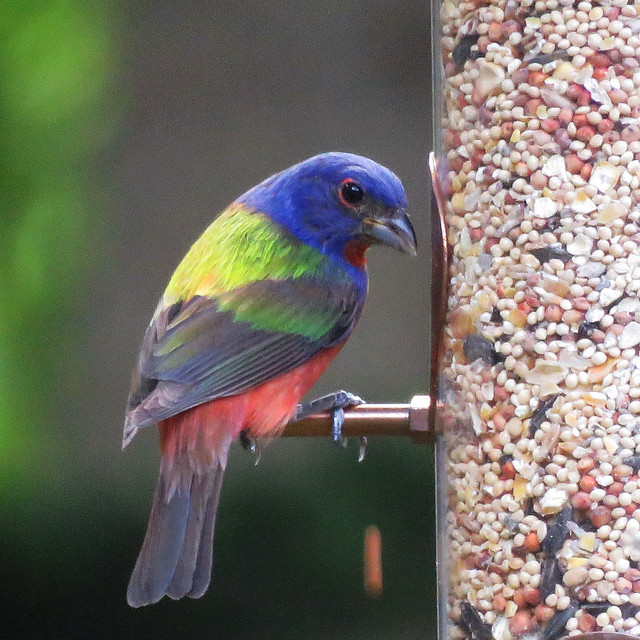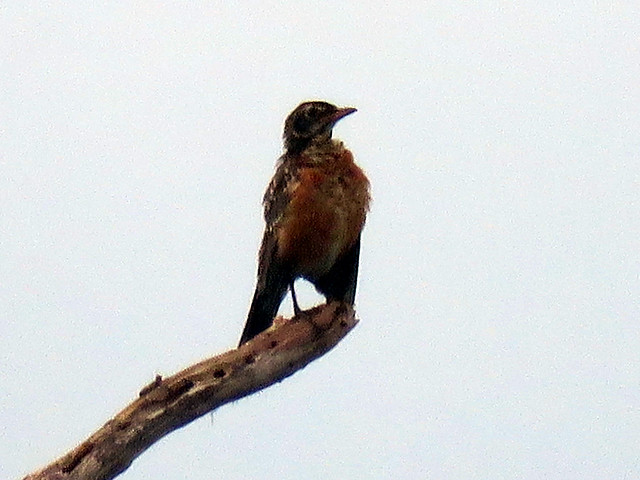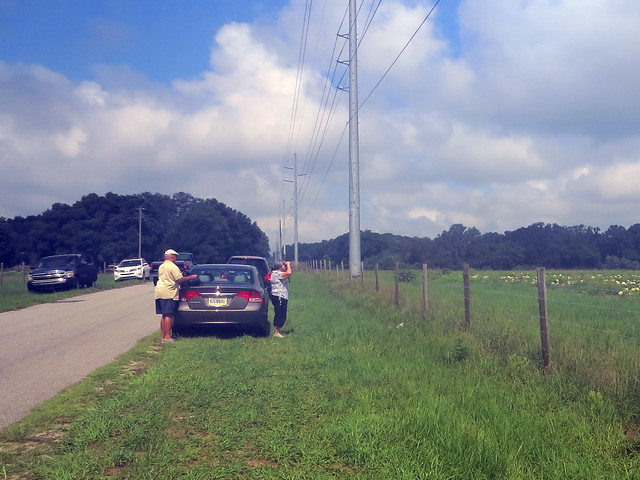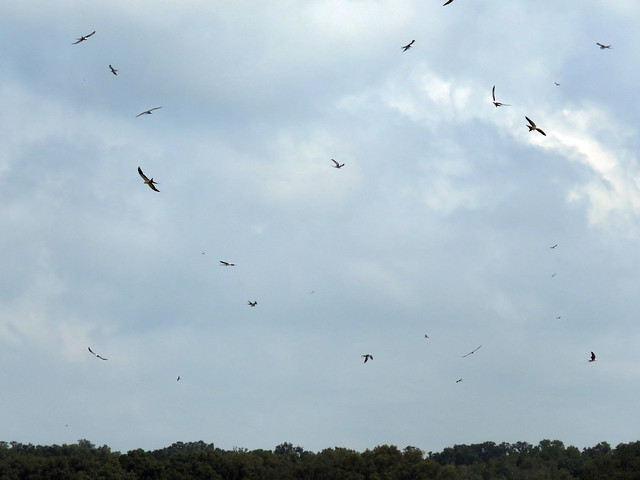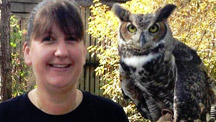Green Birding in Southwest Volusia County, First Half 2016
I began the year on a New Year’s cruise with Arthur and did my first birding of 2016 on Great Stirrup Cay, Norwegian Cruise Line’s private island in the Bahamas. I decided against participating in the Bird-a-Day challenge this year and just haven’t been birding (locally or otherwise) much. Still, I’m keeping a Green Birding List for the year. Here’s a short update on the list for the first part of 2016.
In January I visited Gemini Springs 3 times, Konomac Lake 1 time, and checked off several birds at home. I started off with 65 Green Birding List species in January.

Eastern Phoebe, Gemini Springs | 05-JAN-16
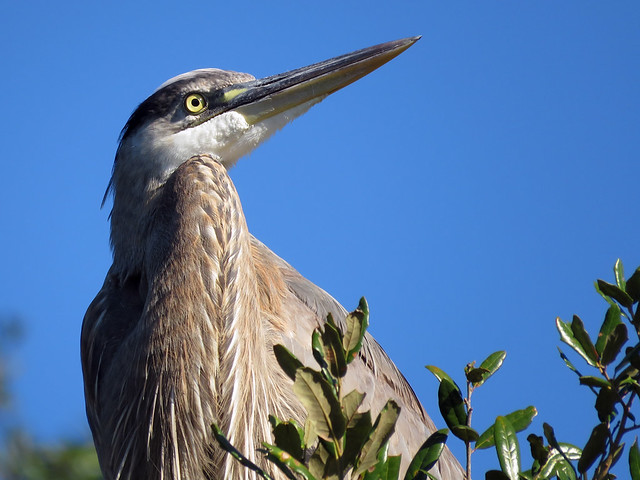
Great Blue Heron, Gemini Springs | 11-JAN-16

Painted Bunting blending in, Gemini Springs | 11-JAN-16

Chipping Sparrow, Gemini Springs | 11-JAN-16
February brought the total number of species to 83, with 3 visits to Audubon Park and several stops at other regular sites.
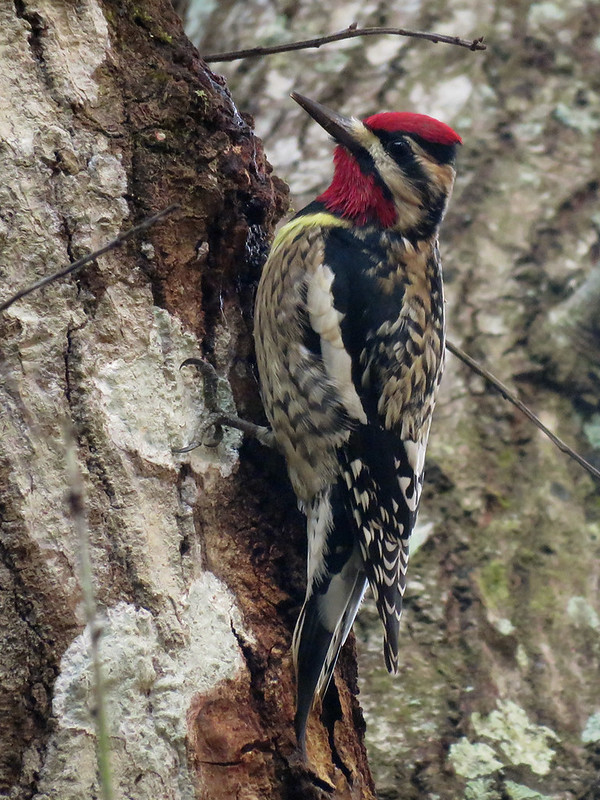
Yellow-bellied Sapsucker, Audubon Park | 01-FEB-16
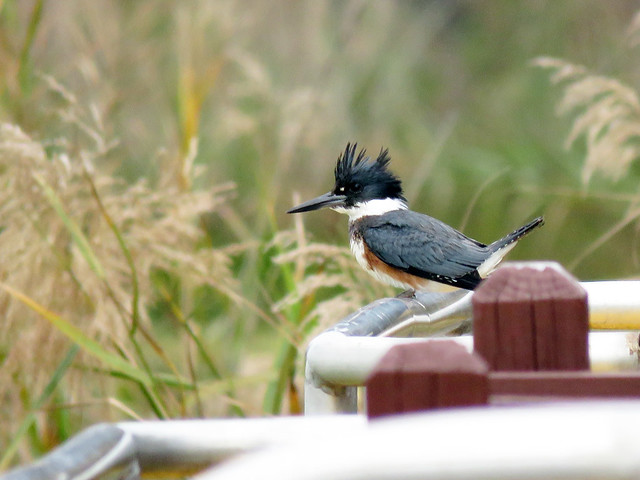
Belted Kingfisher, Lake Monroe Boat Ramp | 15-FEB-16
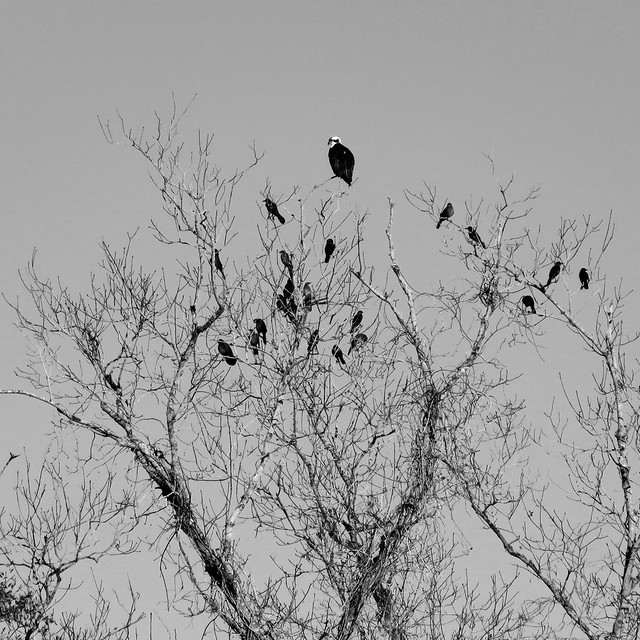
Osprey & Boat-tailed Grackles, Gemini Springs | 16-FEB-16
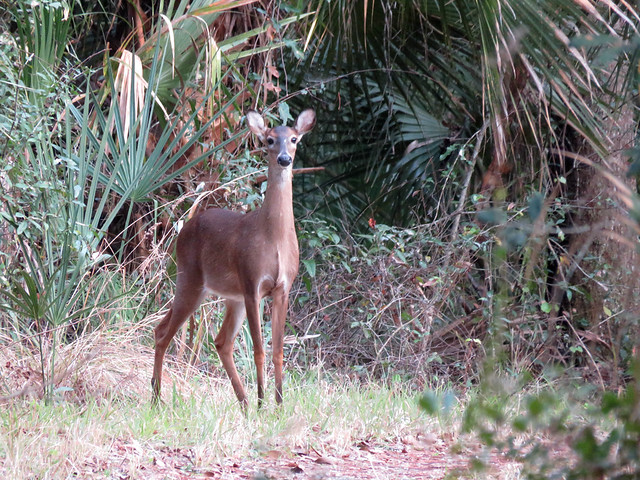
White-tailed Deer, Audubon Park | 21-FEB-16
In March and April I was pretty deep into training for my first half marathon and didn’t go birding too often; at the end of April I had a total of 92 Green Birding List species. I added a handful more during the following two months and ended the first half of the year with 95 species.
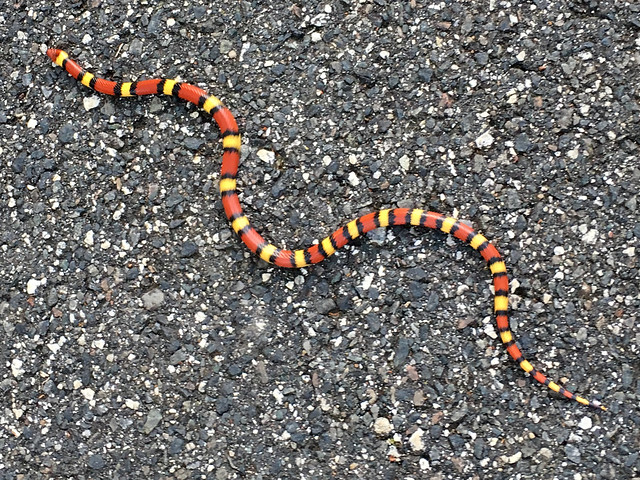
Scarlet Kingsnake (seen during run), Gemini Springs | 06-APR-16

American Alligator, Gemini Springs | 12-APR-16
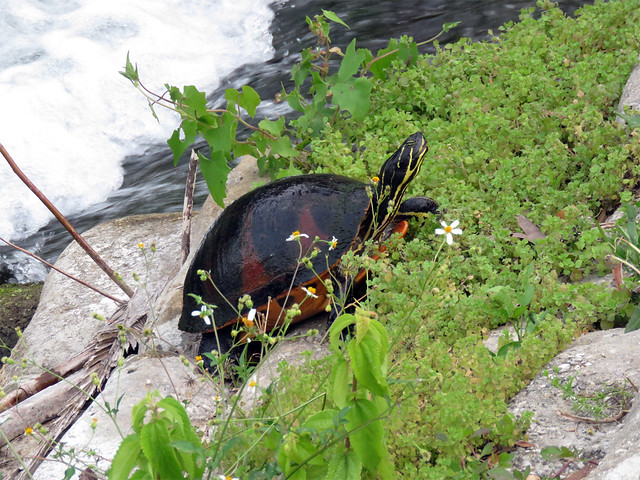
Florida Red-bellied Cooter, Gemini Springs | 12-APR-16
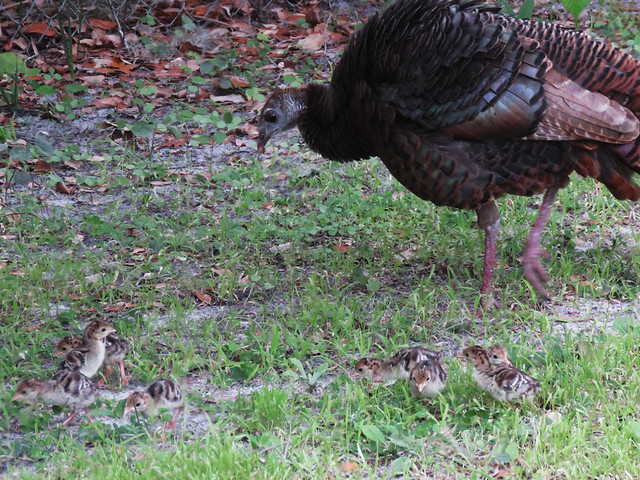
Earth Day Wild Turkey family visit at home! Look at the babies! | 22-APR-16
I’ve had a look at where I’m at now compared to previous years and I should be able to get 10 more species with very little effort if I just head to a couple of spots I haven’t been to this year so far. With more regular birding I would still have a good shot at around 140 species… let’s see what happens in the second half of the year! I’ve already added 8 species in July, including one brand new to my all-time Green Birding List!

